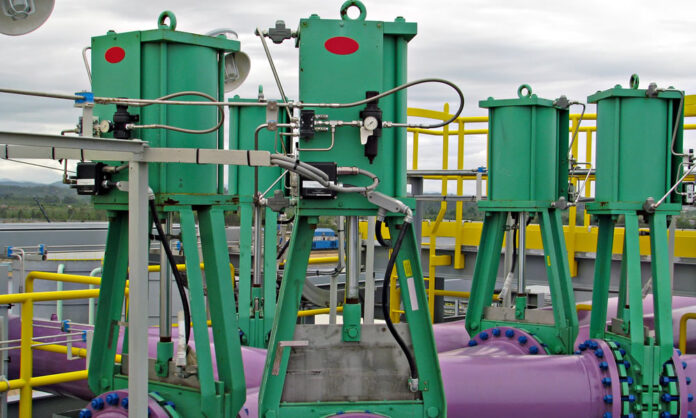Valve supplier Bilfinger Intervalve Africa (BIA), investigated the steam system of a paper mill to allow for possible improvements that can be made. Top performers in the paper and pulp industry are constantly striving to increase productivity and quality while minimising costs. The main aspects that need to be addressed in achieving operational excellence are a reduction in energy costs, chemical use, production downtime and process variability.
“The correct selection, monitoring and servicing of control valves can result in financial rewards for clients,” he points out.
Underhill mentions that the functions of control valves in the paper and pulp industry are extremely diverse. They range from the required accuracy of the dosing valves, and the tight control and fast-acting requirements of the basis weight valve to the severe service requirements of the power and steam system such as the control of cavitation and noise.
Careful consideration should be given to the selection of a control valve, as the specific function which it needs to fulfil in sizing and style has to be considered, he states.
Underhill explains that the process of selecting the correct size, style and characteristics of a valve is paramount in the initial stages of a project. Incorrect sizing of the control valve could result in the valve not operating in a good control range, leading to the possibility of excessive wear and loss of controllability.
Certain valves have been specifically designed to operate in different applications – incorrect selection can lead to cavitation or flashing damage, excessive plant noise and poor control in areas such as basis weight, affecting paper quality. Valves used in incorrect applications can lead to undesirable process variability.
Control valve assembly consists of three prime components – the valve body, actuator and positioning. These components need to work in harmony with one another to fulfil the client’s control requirements. Poor performance of any of these components can lead to poor control of the process, leading to unacceptable process variability that can seriously affect the user’s bottom line, he explains.
The advent of the smart positioners on control valves, as well as emergency shutdown valves, have resulted in many benefits for the client, Underhill notes. The Fisher DVC2000 and DVC6200 series digital valve controllers add accuracy of the valve position along with valve diagnostic capabilities that will determine the health of the valve.
Using the downloaded information from the device, either from advanced diagnostics or the online performance diagnostics, allows for maintenance programmes to be adjusted to cater for the more problematic valves. This will avoid the removal and stripping of valves that are in good health, which is costly and time consuming, he explains.
Overlaying downloads obtained from valves over time will assist the client in moving to predictive maintenance and reducing expensive stock holding of spares.
In conjunction with control valves, it is important to be aware that good-quality, hand-operated or automated isolation valves should be used in certain applications to protect the control valve, Underhill says.
“Bilfinger Intervalve Africa has a wide range of quality products to fill this role,” he concludes.


